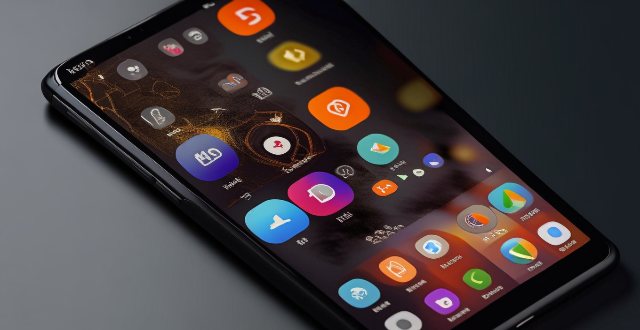The evolution of smartphone screen technology has seen a remarkable transformation from simple LCD displays to advanced OLED panels. Early smartphones used LCD screens known for low power consumption and affordability but had limited viewing angles and poor color reproduction. The advent of AMOLED screens brought better color reproduction, higher contrast ratio, more vibrant colors, and deeper blacks. High refresh rate displays provide smoother scrolling, improved touch response time, and a better gaming experience. Full-screen designs minimize bezels and maximize screen real estate, offering an immersive viewing experience in a compact form factor. Future advancements may include foldable screens, under-display cameras, adaptive refresh rates, and improved durability.

Evolution of Smartphone Screen Technology Over the Years
Smartphones have become an integral part of our lives, and their screen technology has evolved significantly over the years. From simple LCD displays to advanced OLED panels, smartphone screens have undergone a remarkable transformation. In this article, we will explore the evolution of smartphone screen technology.
Early Days: LCD Displays
In the early days of smartphones, LCD (Liquid Crystal Display) was the most common type of display used. These screens were known for their low power consumption and affordability. However, they had limited viewing angles and poor color reproduction.
Key Features:
- Low power consumption
- Affordable
- Limited viewing angles
- Poor color reproduction
Advent of AMOLED Screens
With the advent of AMOLED (Active Matrix Organic Light Emitting Diode) screens, smartphone displays underwent a significant improvement in terms of color reproduction, contrast, and brightness. AMOLED screens are capable of producing deep blacks and vibrant colors, making them ideal for watching videos and playing games.
Key Features:
- Better color reproduction
- Higher contrast ratio
- More vibrant colors
- Deeper blacks
Rise of High Refresh Rate Displays
As smartphone usage increased, users started demanding smoother scrolling and animations. This led to the development of high refresh rate displays, which can refresh the screen at faster rates than traditional displays. High refresh rate displays provide a smoother user experience, especially when scrolling through web pages or playing games.
Key Features:
- Smoother scrolling and animations
- Improved touch response time
- Better gaming experience
Adoption of Full-Screen Designs
With the increasing demand for larger screens without compromising on portability, full-screen designs became popular. These designs minimize bezels and maximize screen real estate by incorporating features like notches, punch-hole cameras, and under-display sensors. Full-screen designs provide an immersive viewing experience while maintaining a compact form factor.
Key Features:
- Minimized bezels
- Maximized screen real estate
- Immersive viewing experience
- Compact form factor
Future of Smartphone Screen Technology
As technology continues to advance, we can expect further improvements in smartphone screen technology. Some potential future advancements include:
Potential Future Advancements:
- Foldable screens: Allowing for larger screen sizes in a compact form factor.
- Under-display cameras: Providing a truly full-screen experience without any visible camera cutouts.
- Adaptive refresh rates: Dynamically adjusting the refresh rate based on content to optimize battery life and performance.
- Improved durability: Making screens more resistant to scratches and cracks.
In conclusion, the evolution of smartphone screen technology has been remarkable, with significant improvements in color reproduction, brightness, and design. As technology continues to advance, we can expect even more exciting developments in this field.